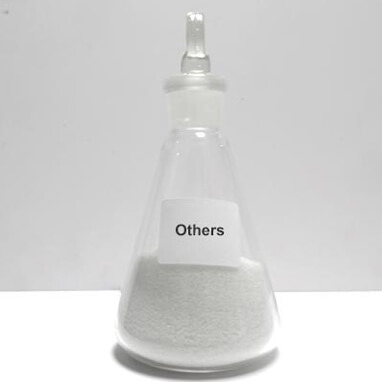In the domain of water treatment, the choice of coagulants plays a significant role in determining operational efficiency and environmental sustainability. Drinking-grade polyacrylamide (PAM) has emerged as a preferred solution for many industries due to its superior flocculation properties and reduced environmental footprint. In this article, I will share insights into how this innovative solution aids businesses in enhancing their water treatment processes.

Utilizing drinking-grade polyacrylamide in water treatment processes significantly enhances production efficiency. This is primarily due to its high molecular weight and excellent flocculation properties, which facilitate the rapid settling of suspended particles. The result is a quicker clarification process, allowing companies to process greater volumes of wastewater within shorter timeframes without compromising quality.
In addition to improving operational efficiency, drinking-grade PAM contributes to reducing environmental costs. By optimizing the coagulation and flocculation processes, businesses can minimize the use of additional chemicals, thus lessening their chemical footprint. This not only supports compliance with environmental regulations but also lowers disposal costs associated with chemical sludge.
Industries such as food and beverage, pharmaceuticals, and textiles have effectively utilized drinking-grade polyacrylamide to solve their wastewater processing challenges. By tailoring the application of PAM to specific industrial requirements, companies have witnessed significant improvements in both their operational metrics and environmental impact.

The advantages of drinking-grade polyacrylamide in water treatment processes are clear. Its ability to enhance production efficiency and reduce environmental costs positions it as a strategic choice for industries facing wastewater treatment challenges. Embracing this advanced solution can lead to not only improved operational outcomes but also a commitment to sustainable practices.
